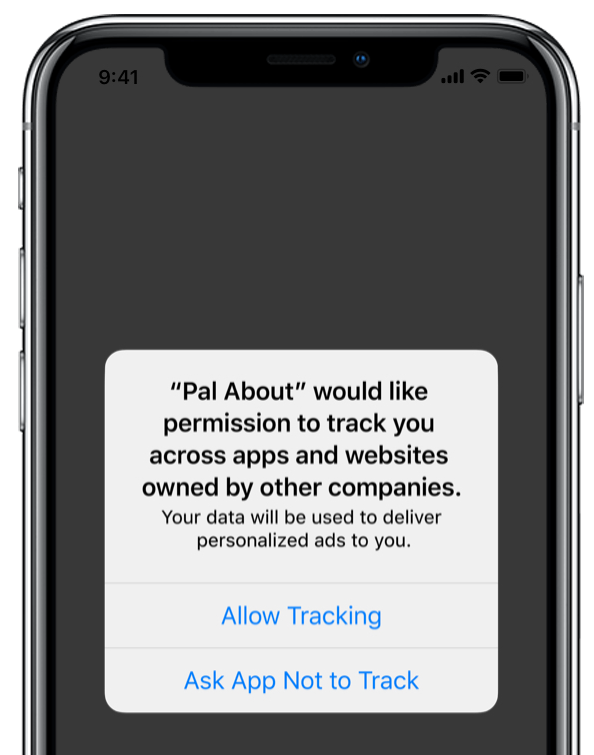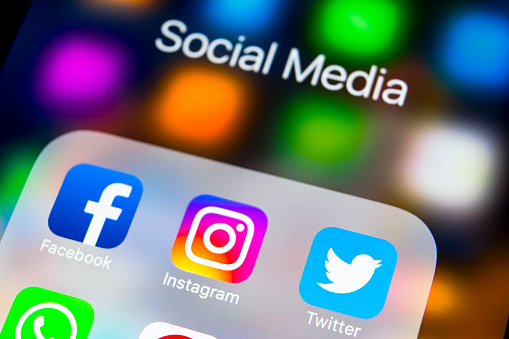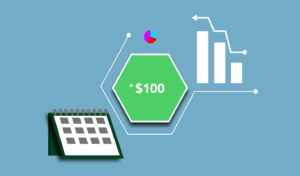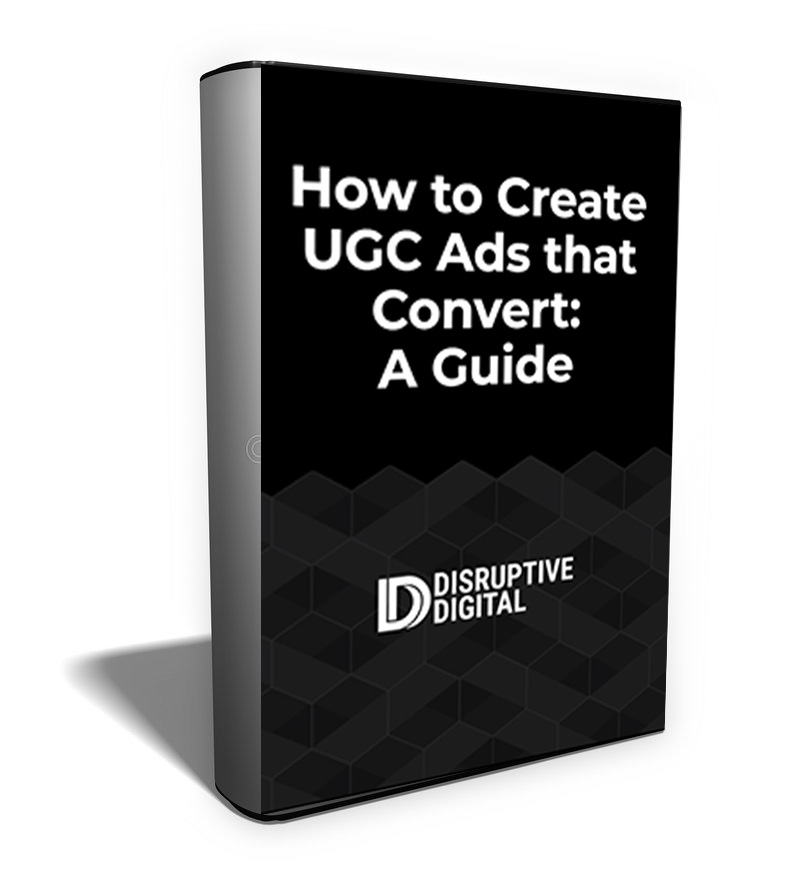Pixel-based measurement and optimization have been huge drivers of paid social conversions for the past decade, but that could be about to change in a drastic way.
Advertiser’s tracking of customer data has come under major fire amidst privacy concerns surrounding platforms like Facebook’s use of their data and other major transparency issues.
Users are justifiably distrusting of having their online activity tracked, and Apple has taken note. Their new iOS 14 update addresses unwanted data collection head-on, and it may permanently and significantly change the face of data collection
What is Apple’s iOS 14 Update?
Apple’s iOS 14 is the latest major update for the platform, and it rolled out at the end of September.
Perhaps the most notable change iOS14 introduced was the new feature designed to give users more control over third-party data collection.
Before iOS14 (and for those who don’t have it), users need to actively dive into Facebook’s settings to turn off data collection. This isn’t something that most people know how to do, and many don’t even realize that it’s an option. Users who are dead-set against tracking, therefore, have likely gone through the trouble of disabling it, but many users haven’t.
Now, though, users will proactively receive prompts from their updated apple devices that require that users give permission for data collection to happen. If no permission is given, Facebook and other publishers can’t track site and app activity through their pixels. Previously, the default option was automatic tracking; now, it’s an automatic shutdown of tracking if users take no action.

What iOS 14 Means for Paid Social Tracking & Optimization
The reality is that a large number of users didn’t care enough about data collection and tracking to go into each app to disable it, but that many are unlikely to grant permissions for tracking when given a clear option. It’s easier to say no.
This will eliminate a massive amount of tracking data, especially if the feature is popular and Android eventually adopts something similar for their users.
This is directly going to impact media buying strategies and our tracking abilities.
Here are the biggest impacts that advertisers will see:
– Reduced signals for lookalike audiences. If you aren’t capturing all of the relevant people in your seed audience, there’s a chance that you’ll see weaker pixel-based lookalike audiences than you’ve had in the past, which can impact the efficacy of your campaigns.
– Confusing or inaccurate attribution. If Facebook can’t track a customer’s activity seven days after they clicked on your ad and that’s when they convert, you may not get attribution allocated correctly. This can make it difficult to understand ROI and identify top-performing campaigns. Facebook has also even considered removing all attribution tracking for conversions that happen after the 7-day lookback window, so watch for this in 2021. Originally scheduled for Q4 2020, this change was delayed after advertiser complaints.
– Poor on-platform optimization. Facebook has algorithms to optimize your campaigns by showing them to the right people. If Facebook themselves are getting less data, their optimization models may not be as efficient.
How to Prepare for Paid Social Campaigns with iOS 14
The iOS 14 update is here, and it means that advertisers need to be aware of its potential impact– and how to mitigate it– right now.
Here are the steps that we’re taking with the campaigns that we’re running right now to prepare and adapt:
– Continuing to use the tracking pixel for retargeting, but monitoring it closely. As of right now, there’s still plenty of tracking data to take advantage of, especially since not all consumers are using iOS 14. You can keep these campaigns up and running, but watch them extremely closely for significant changes in performance.
– Creating campaigns using other types of custom audiences. You can still create custom audiences using your CRM data. You can also retarget people who have interacted with your business on Facebook and Instagram, so those that have engaged with social content (including ads), or watched a certain percentage of an on-platform video.
– Focusing on capturing lead information. Lead information can be used to create customer lists, which also bypasses the need for the tracking pixel from a retargeting perspective. This includes capturing site visitors’ emails and/or phone numbers so you can re-engage them later.
– Leveraging the Facebook conversions API to capture signals the pixel misses. Facebook’s conversions API allow advertisers to send web events like purchases from servers directly to Facebook. This data is linked to the pixel, but not reliant on it, so it will capture more information to fill in the gaps.
– Using CRM data to build lookalike audiences. Instead of focusing on custom audiences from web activity that are heavily pixel-reliant, create lookalike audiences from your own CRM data. This will give Facebook a more full-fledged view of your audience that the pixel may currently miss.
– Understanding how performance varies based on different lookback windows. You may see your performance change between 1-day, 7-day, and 28-day lookback windows both now and compared to what they were prior. Watch for shifts in trends here, and be ready to make adjustments to your goals accordingly.
Final Thoughts
Apple’s iOS14 update is already here, so your paid social strategy needs to evolve with this change. If you don’t adapt, your campaigns are likely to see a negative impact.
Watch your sales and metrics closely, evaluating your campaigns so that you can adapt quickly as needed. The last thing you want to do is put more ad spend into campaigns that are fueled by tracking pixels that can’t work on a majority of your target audience.
As you’re adjusting your campaigns, make sure to account for changes in your overall funnel so that every stage of the buyer’s journey is still considered.
Looking for new ways to drive sales or scale your business with Facebook Ads? Click here to reach out and learn more about how our services can help.






